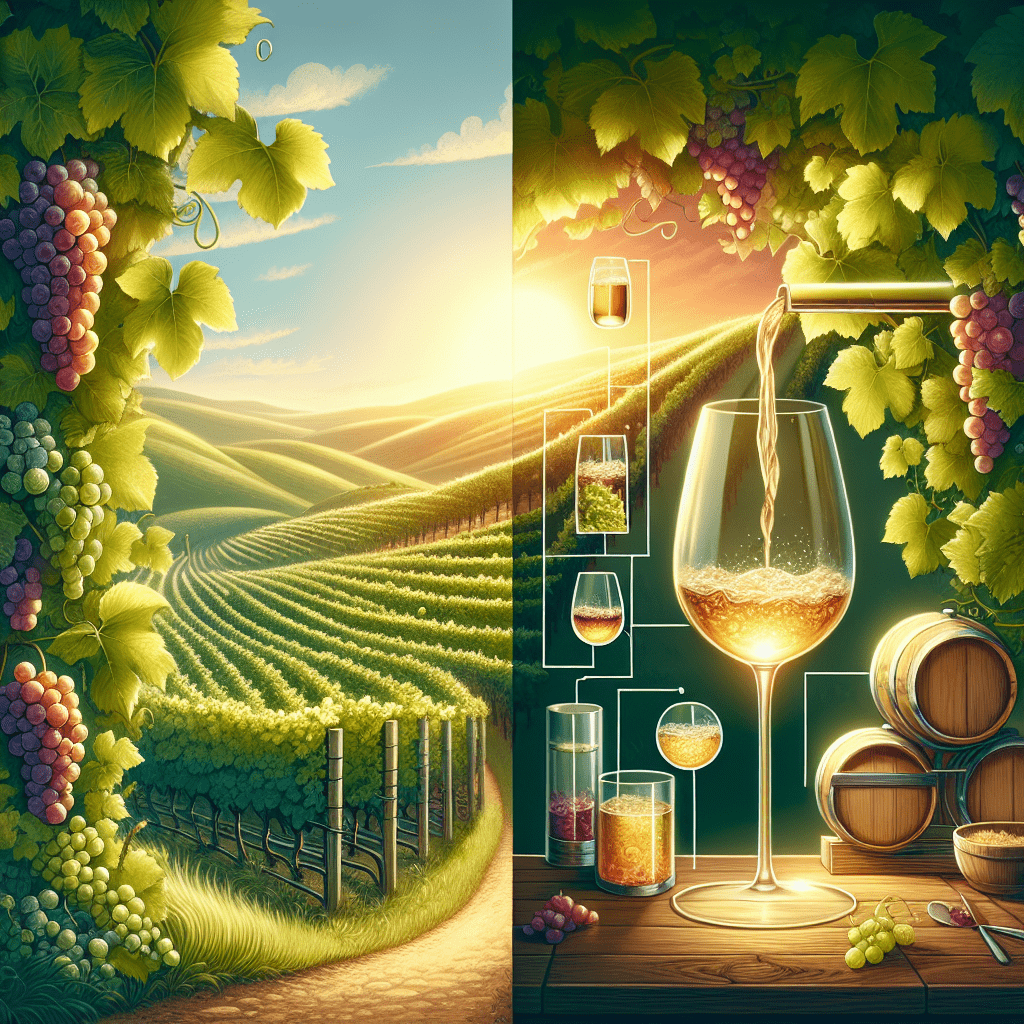Winemaking is an art form that dates back thousands of years. From the meticulous care of the vineyard to the careful crafting of the final product, each step in the winemaking process is essential to creating a truly exceptional wine. In this article, we will explore the journey from vineyard to glass, and delve into the intricate process of winemaking.
The Vineyard: Where it All Begins
The quality of a wine begins in the vineyard, where grapes are grown and harvested. The climate, soil, and terrain of the vineyard all play a crucial role in the flavor of the final product. Winemakers carefully select the best vineyard sites, planting grape varietals that thrive in the unique conditions of each location.
Throughout the growing season, vineyard workers tend to the vines, pruning, training, and protecting them from pests and disease. When the grapes are fully ripe, they are handpicked or machine-harvested, depending on the winemaker’s preference.
The Crush: Turning Grapes into Wine
After the grapes are harvested, they are transported to the winery and processed in the crush. Here, the grapes are destemmed, crushed, and pressed to extract the juice. The juice is then fermented with the addition of yeast, which converts sugars into alcohol. This process can take anywhere from a few days to several weeks, depending on the style of wine being produced.
During fermentation, winemakers carefully monitor the temperature and sugar levels of the juice, adjusting as needed to ensure a successful fermentation. Once fermentation is complete, the wine is transferred to barrels or tanks for aging.
Aging and Bottling: The Final Steps
After fermentation, the wine is aged in barrels or tanks to develop its flavors and aromas. The length of time the wine spends aging depends on the style of wine being produced. Some wines are aged for just a few months, while others are aged for several years.
Once the wine has reached the desired level of maturity, it is carefully filtered, clarified, and bottled. The bottling process is a critical step in winemaking, as it ensures that the wine is preserved and protected from oxidation and contamination. The bottles are sealed with corks or screw caps, ready to be enjoyed by wine lovers around the world.
Conclusion
Winemaking is a blend of science and art, requiring skill, patience, and passion to create a truly exceptional wine. From the vineyard to the glass, each step in the winemaking process is essential to producing a high-quality wine that captures the essence of the grape and the terroir. The next time you raise a glass of wine, take a moment to appreciate the dedication and craftsmanship that went into creating that bottle.
FAQs
1. How long does it take to make a bottle of wine?
The time it takes to make a bottle of wine can vary depending on the style of wine being produced. Some wines can be made in as little as a few months, while others may take several years to reach maturity.
2. What types of grapes are used in winemaking?
There are thousands of grape varietals used in winemaking, each with its own unique flavors and characteristics. Some of the most common grape varietals include Cabernet Sauvignon, Chardonnay, Merlot, and Pinot Noir.
3. How is wine aged?
Wine can be aged in a variety of containers, including oak barrels, stainless steel tanks, and concrete eggs. The choice of aging vessel can influence the flavors and aromas of the wine, with oak barrels imparting vanilla, spice, and toasty notes.
TIP:
When storing wine at home, it’s important to keep it in a cool, dark place away from direct sunlight and temperature fluctuations. This will help preserve the wine’s freshness and flavor, allowing you to enjoy it to its fullest potential.
#Vineyard #Glass #Art #Winemaking
